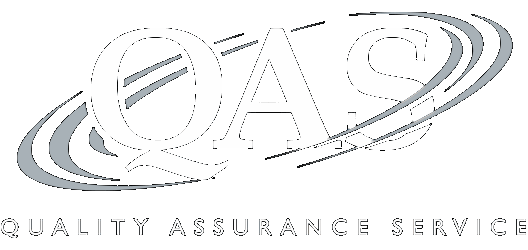ASC 842 Lease Accounting Standards
Determining Right-of-Use Assets, Financial Reporting Requirements, IFRS 16 Distinctions, Non-Lease Components
Recording of a 110-minute CPE video webinar with Q&A
This course will analyze the Financial Accounting Standards Board's (FASB) lease methods and rules in ASC 842. Our panel of accounting and auditing experts will assist accountants and auditors in defining what constitutes a lease, classifying leases, and determining proper financial statement reporting and disclosure requirements under the standard.
Outline
- ASC 842: an overview
- What is a lease under ASC 842?
- Identifying lease and non-lease components
- Determining lease classification
- Lease measurement
- Lease modifications and abandonments
- Financial statements and disclosures
- Implementing the new standard
- Other relevant guidance
- IFRS 16 differences
- Best practices
Benefits
The panel will review these and other critical issues:
- Separating lease and non-lease components in contracts
- Accounting for lease modifications and abandonments
- Required disclosures for lessees and lessors under ASC 842
- Differences in international and U.S. lease reporting standards under IFRS 16 and ASC 842
- Reporting requirements for operating leases or ROU assets
- Recommendations for compliance with ASC 842
Faculty

Josh Ronsman
Senior Manager, CPA
Baker Tilly US
Mr. Ronsman is a Senior Manager at Baker Tilly, a Top 10 Public Accounting Firm. He graduated from UW-Madison with a... | Read More
Mr. Ronsman is a Senior Manager at Baker Tilly, a Top 10 Public Accounting Firm. He graduated from UW-Madison with a degree in accounting and finance, and has been with Baker Tilly for 9+ years. Mr. Ronsman works on providing assurance, attestation, and consulting services for Manufacturing and Distribution companies ranging from $5M to $1B in revenues. He also provides financial and IT SOX compliance testing for public companies. Mr. Ronsman is one of the firm's leading experts in the ASC 842 (leases) standard and have helped many companies complete implementations of the new standard.
Close
Jeff Weinberg
Director, CPA
Baker Tilly US
Mr. Weinberg is a consulting services director with Baker Tilly. He is focused on resolving intricate financial and... | Read More
Mr. Weinberg is a consulting services director with Baker Tilly. He is focused on resolving intricate financial and operational issues on behalf of companies ranging in size from start-up to public. Mr. Weinberg has significant experience assisting clients in a variety of industries through the adoption of new accounting standards. His primary disciplines include financial reporting and compliance, budgeting and forecasting, operational and project management, distressed asset restructuring and strategic planning. Mr. Weinberg is a frequent speaker and has contributed to thought leadership related to the new GAAP guidance for leases (ASC 842) and revenue recognition (ASC 606).
Close
